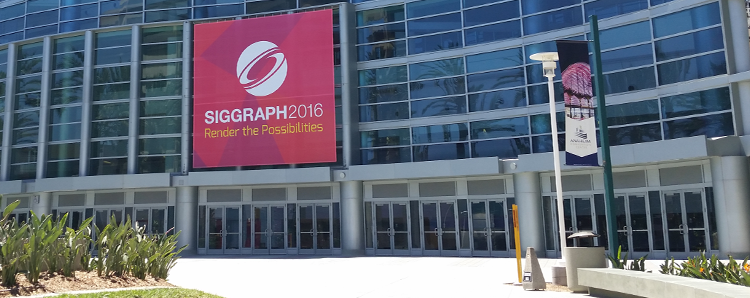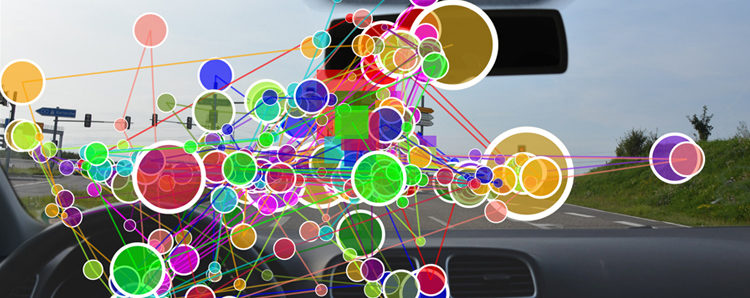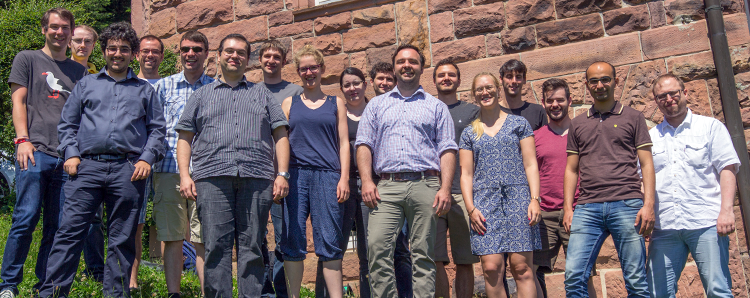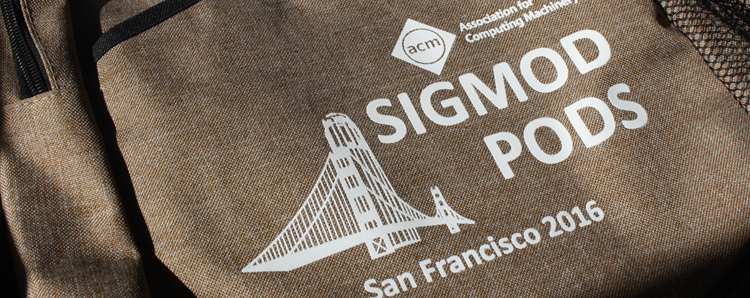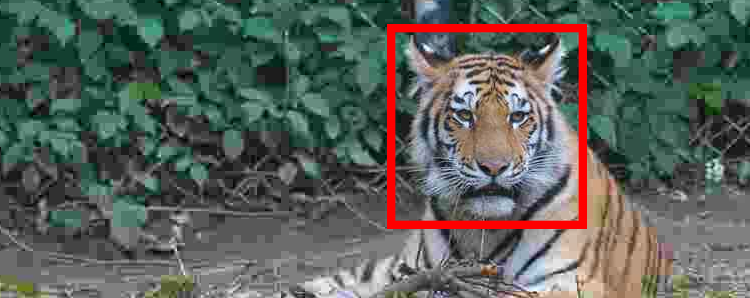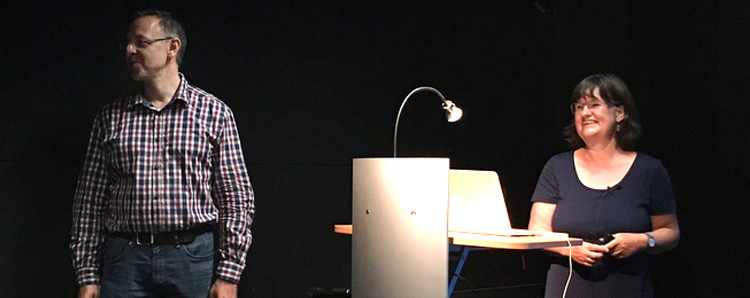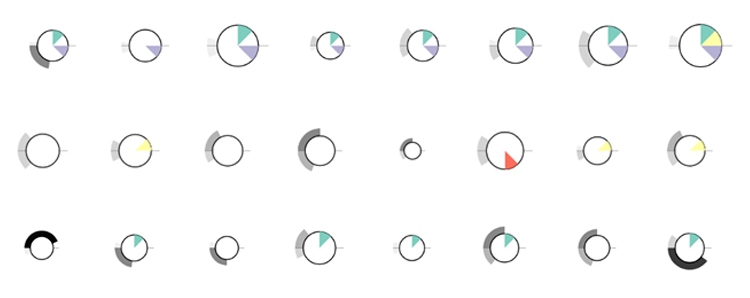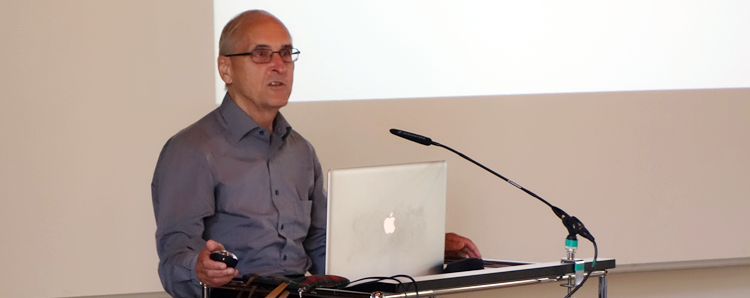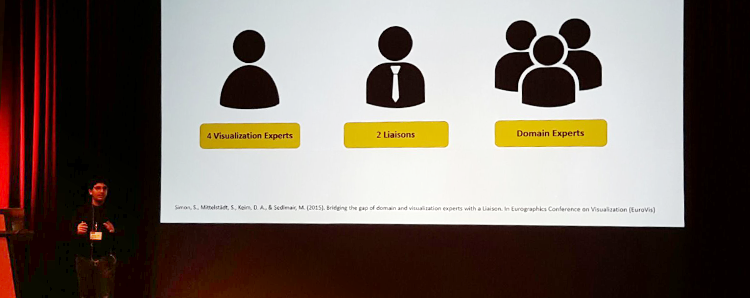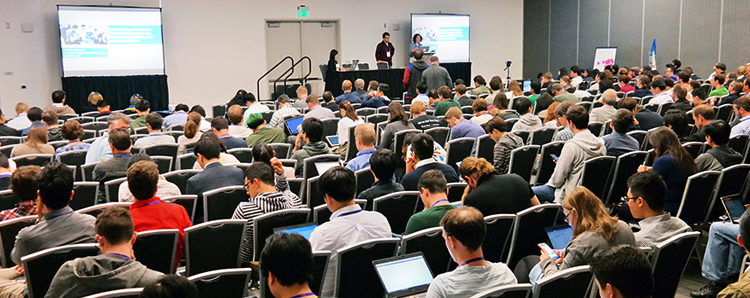Last month I had the pleasure to attend the conferences SAP 2016, an international conference on applied perception, and SIGGRAPH 2016, the top conference for Computer Graphics and Interactive Techniques, in Anaheim, USA. Both conferences were co-located to promote the communication between the core perception and computer graphics communities. At SAP I presented my work “Emotion Recognition in Autism Spectrum Disorder: Does Stylization Help?” Afterwards I hat the chance to attend SIGGRAPH.
Back from SAP 2016 and SIGGRAPH 2016
